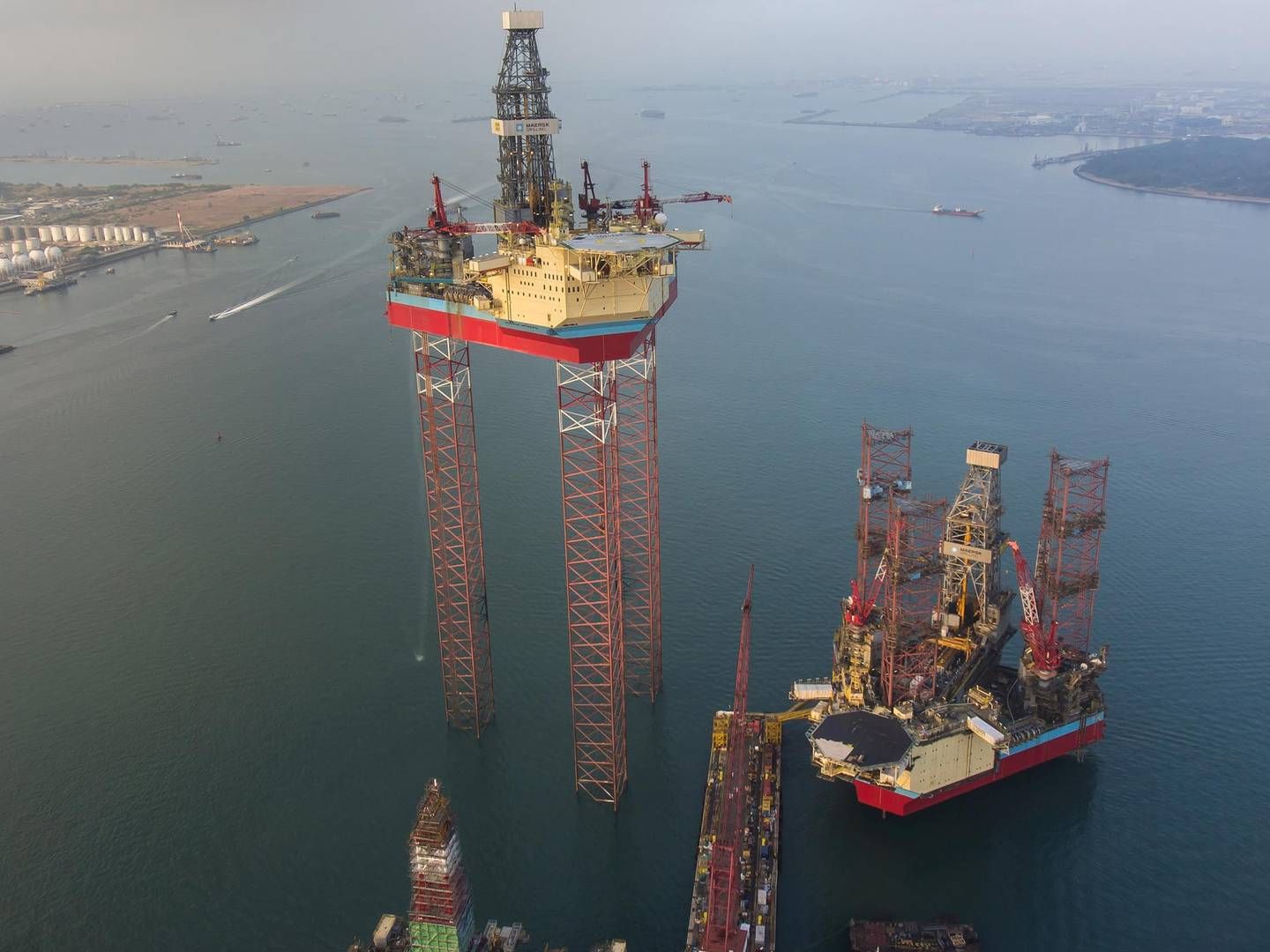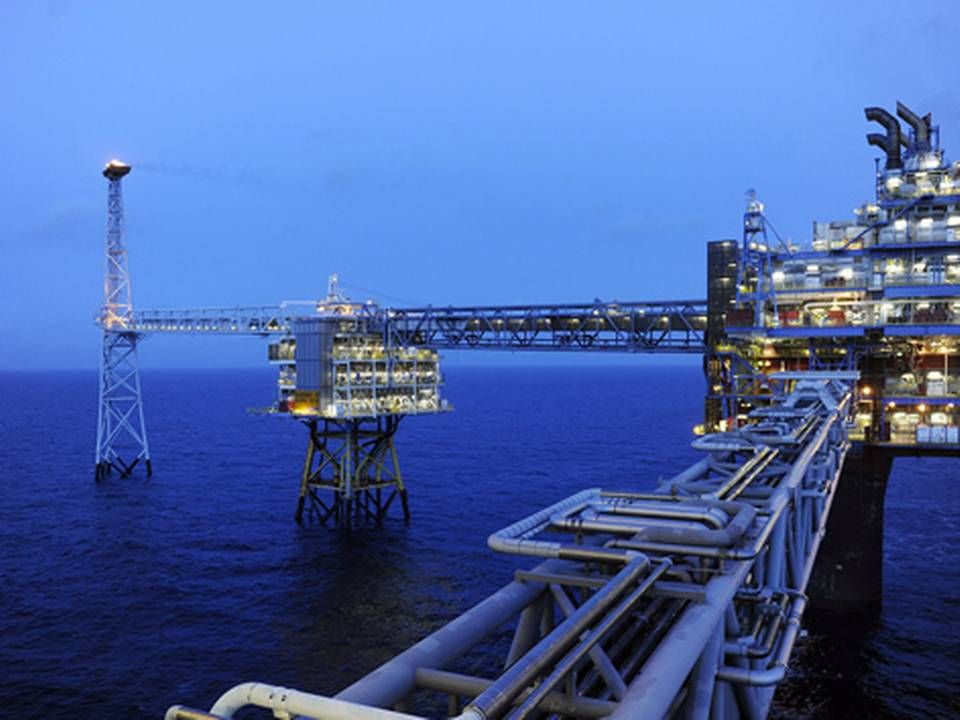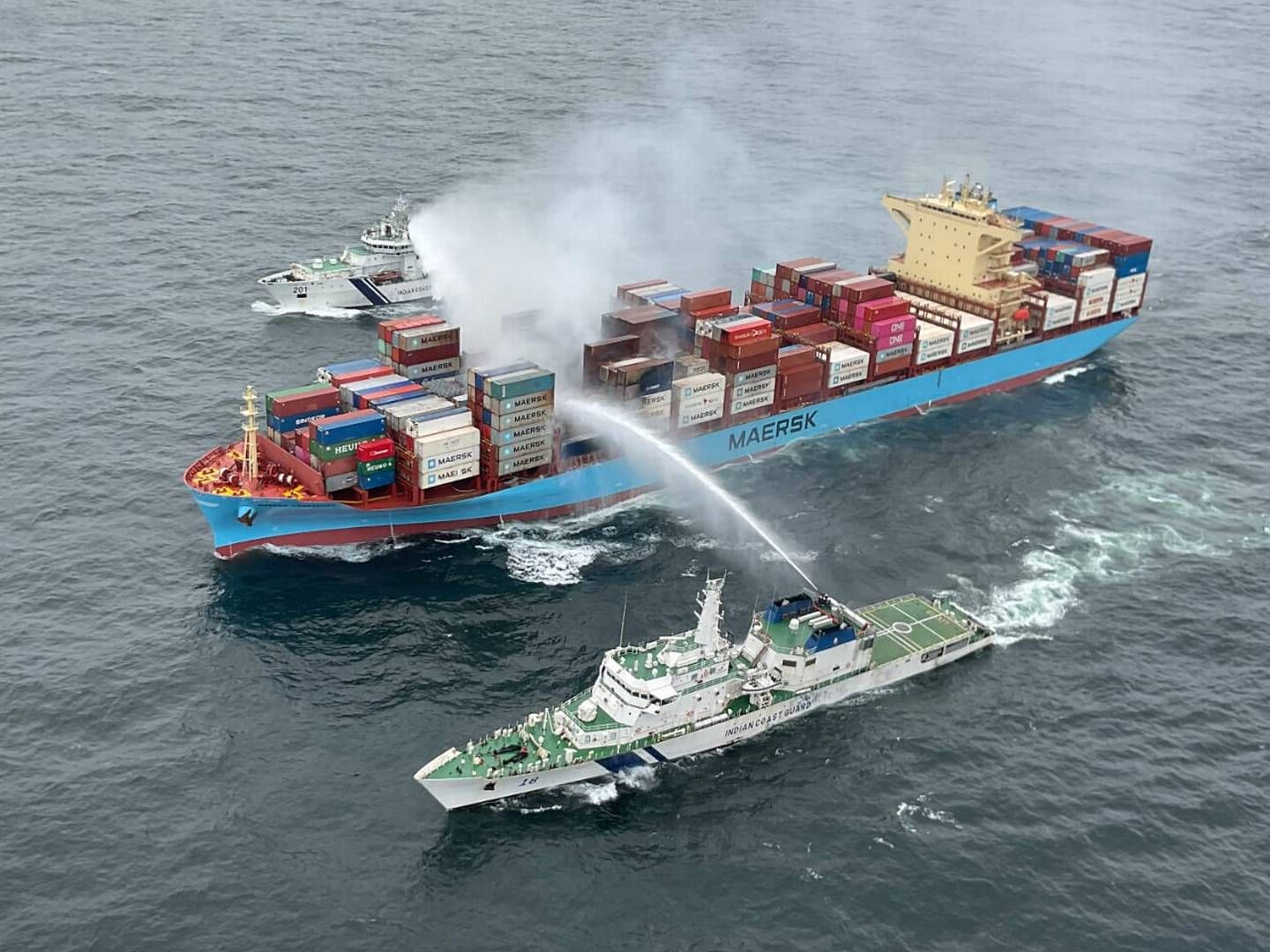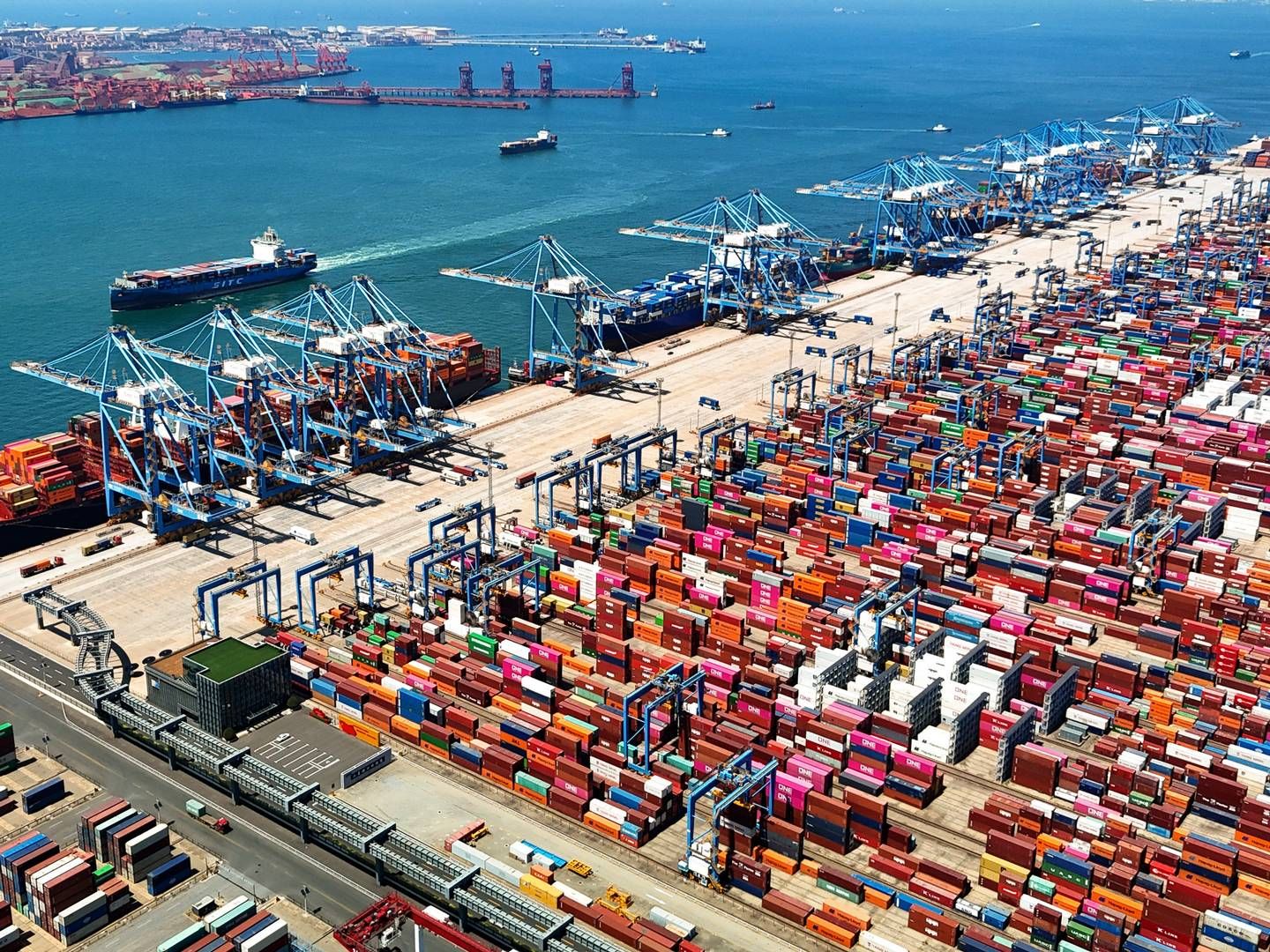Oil companies scrutinizing suppliers to cut costs
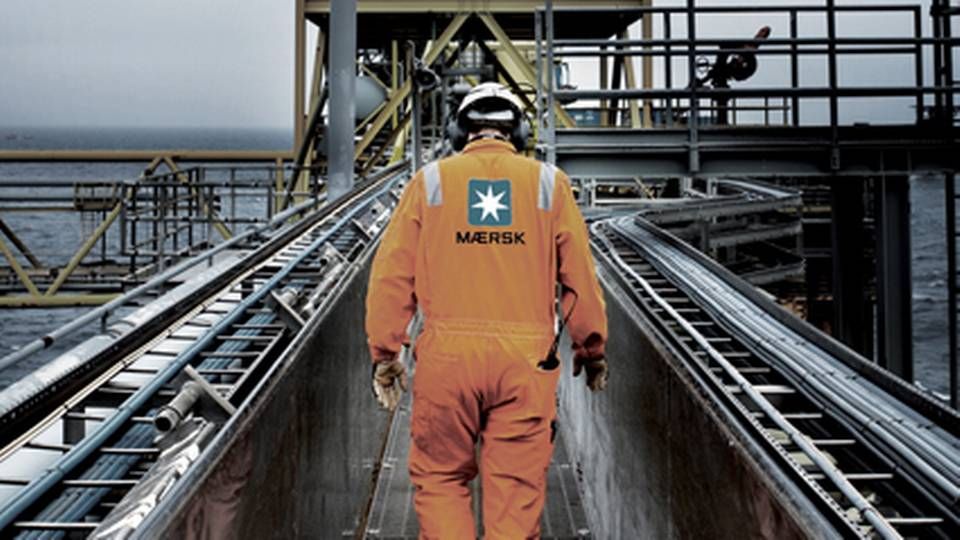
The low oil price is now making oil companies review their contracts with industry suppliers with the expectation that they will be able to locate cost reductions here that can help partially offset the declining oil price, which especially plummeted during the fall of last year.
Costs in the industry's supply chain have increased far too much, according to numerous parties, and it is necessary to reduce the prices across the board in order to ensure that the industry becomes sustainable once more. Maersk Oil is one of the oil companies currently renegotiating contracts with the company's suppliers in an effort to reduce costs overall, says Maersk Oil in en email to ShippingWatch:
"The oil price has dropped significantly since mid-2014. This, combined with the towering costs related to oil and gas extraction in the Danish part of the North Sea, means that we're looking closely at our costs. As part of these efforts, we're currently renegotiating prices at our suppliers on their services and products, so that we can keep important maintenance and development projects running."
Maersk Oil cannot at this time elaborate on the size of the expected cost reductions anticipated following the renegotiations, but in relation to the company's annual report in February Maersk Oil announced that it had launched a program aimed at cutting costs by more than 20 percent over the next two years in its oil and gas business.
Upwards of 30 percent
This could generally involve major savings. Or at least an attempt to secure major savings, says Erik Tønne, chief analyst at Platou Offshore.
"Oil companies need to drive down costs through the oil services supply chain due to the oil price drop," he comments in an email to ShippingWatch, pointing out that numerous oil companies also had a weak liquidity at an oil price of USD 100 per barrel after paying dividends to investors.
But this does not change the fact that the costs need to be reduced:
"It's my perception that oil companies in general target 20-30 percent cost reduction across the supply chain."
This applies to everything from drilling contracts, OSV vessels (offshore support vessels), suppliers of subsea equipment to long-term contracts for FPSOs (floating production, storage and offloading vessels). However, Erik Tønne does not believe that a 30 percent reduction will be possible in all segments. In many segments this will quite simply not be possible without booking unacceptable losses.
"I believe you'll see as much as 50 percent reduction in certain segments, e.g offshore drilling, and much less in other segments, e.g for parts of the EPC contracting space and for yards. We have seen some attempts to renegotiate contracts also in previous downturns, but not as widespread and with the same aggressiveness as we're seeing now," he notes.
Not enough for the money
The environment for oil and gas extraction has also changed significantly since 2006. While the oil industry experienced growth in the period from 2002 to 2006, and the number of barrels produced corresponded well to investments, the scenario is different today.
The material from the Maersk Group's Capital Markets Day in September offers a closer look at the major oil companies, such as BP, Chevron and ConocoPhillips, Statoil and others, that Maersk Oil measures itself in relation to. The analysis shows that while upstream investments have just increased, the number of barrels produced stands at roughly the same level as back in 2002. In other words, it has become considerably more expensive to extract the same number of barrels from, for instance, the North Sea, a development that is attributed to - among other factors - a general rise in costs throughout the entire oil industry supply chain.
Meanwhile, invested capital (ROIC) at most oil companies is not even close to producing the expected returns, notes Maersk Oil, whose criteria for success - like at the other business units in the group - is a ten percent ROIC.
Shell CEO: Oil prices will remain low all year
"With the drop in oil price, oil companies profit margins are squeezed. In 2014, Maersk Oil’s peer group had a rate of return of one percent in average while it was closer to 10 percent just a few years ago. The lower oil price means oil companies are working to reduce exploration, project and operational costs in the business, but also that challenges faced by the industry at large may present opportunities for selective growth," says Maersk Oil.
The North Sea represents a challenging working environment, says the company, though it also holds a potential for billions of barrels of oil. And changes are needed if the companies are to successfully access these volumes, says Maersk Oil:
"(...) but only through higher efficiency, cost reductions in the supply chain, more intensive collaboration between upstream companies, and more appropriate incentives on the fiscal side can this value be realised. In today’s price environment it is imperative to find the projects with the most attractive economics and lower risk profiles. Maersk Oil will only invest in projects where we see a return on investment of more than 10 percent," says the company.
Other initiatives needed
Erik Tønne points to the necessity of the oil companies' sticking to their cost reduction efforts. But this cannot be done solely by renegotiating contracts in the industry, he says.
"However, to really see cost reductions, I believe they also need to address underlying root causes and work on e.g. increased standardization, better streamlining of processes, simplified operating models etc. Reducing supplier prices is only part of the puzzle and cost inflation could accelerate quickly again once the industry faces its next upcycle, in particular if we see significantly reduced capacity in the supply chain as a result of the current severe downturn."
Analysts: Oil industry about to make the real cuts
Viking feels waves from crisis in offshore
Related articles
Analysts: Oil industry about to make the real cuts
For subscribers
Viking feels waves from crisis in offshore
For subscribers
Analysis: Oil companies cut budgets by one third in 2015
For subscribers

